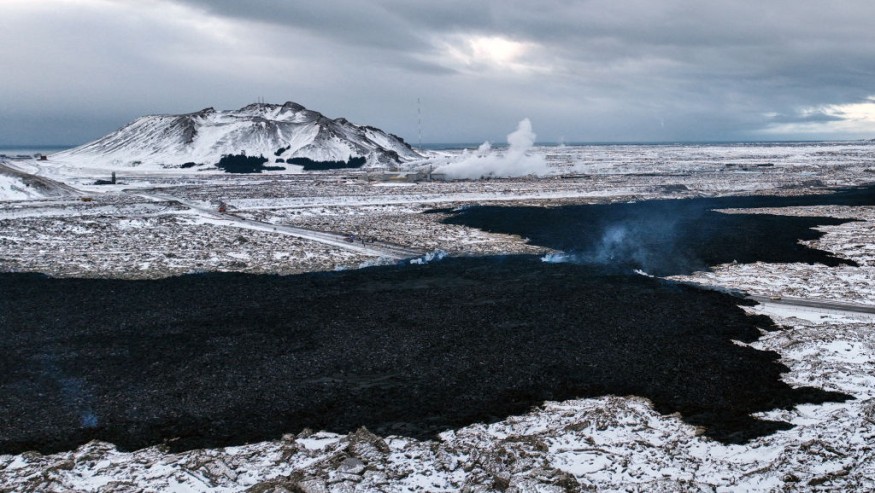
Iceland's latest volcanic eruption appeared to be over but it left a trail of damage to roads and pipelines and experts believe this is only the beginning of a period of volcanic activity that might last decades or perhaps centuries.
Relatively Short Eruptions
The eruption began on Thursday, spewing 80 meters (260 feet) of orange lava from a 3-kilometer (2 mile) fracture in the earth. However, by midday on Friday, drone imagery revealed no evidence of activity at the site.
It is the third brief eruption on the Reykjanes peninsula since December 2023 and the sixth since 2021.
Iceland is no stranger to volcanoes; it is one of the most volcanically active areas on the planet. This is because the country is located above a geological hotspot, where hot material rises to the surface from deep beneath the Earth.
However, Iceland is also located on the boundary between the Eurasian and North American tectonic plates. These plates are progressively pushing apart, allowing hot molten rock, or magma, to flow up.
As magma accumulates beneath, pressure builds until it breaks through the surface in an eruption.
There are around 100 volcanoes in Iceland, with more than 30 currently active.
The last lava flow on the Reykjanes peninsula occurred hundreds of years ago, maybe as early as the eighth or ninth century and lasting until 1240.
"Over geological time, the tectonic plates are pulling apart at about the speed that your fingernails grow, so a few centimeters a year. But they don't seem to smoothly pull apart - they go through these pulses of higher activity. And this is likely what we're seeing right now in the Reykjanes," explains Prof Tamsin Mather, an Earth scientist from the University of Oxford.
The rocks in the region can reveal even more about the past, with a pattern of periods of quiet lasting roughly 1,000 years, followed by eruptions that last a few centuries.
Experts expect a series of these relatively minor, relatively short-lived eruptions throughout the following years and decades.
Read Also : A Look Inside the Earth: Iceland Volcanic Eruption Opens Opportunitites for Extensive Study
Top Priority For Iceland
Working out how to anticipate when the eruptions will occur is a top priority for Iceland right now, especially since the town of Grindavik and a geothermal power plant, a critical piece of national infrastructure, are in the risk zone.
However, predicting the precise location of an eruption is more difficult. Magma is kept loosely under a greater region of the Reykjanes Peninsula, and it emerges through miles-long breaches, or fissures.
The Icelandic authorities are erecting massive barriers around the town and power station, which are effective at holding back lava. However, if a crack opens up inside the barricades, as it did in Grindavik in January, destroying some houses, there is little that can be done.
An extended period of eruptions will have serious effects on Iceland.
"This is the most densely populated part of Iceland - so 70% of the population lives within 40km or so. And all of the key infrastructure is there - so the main international airport, big geothermal power plants, and a lot of tourist infrastructure too, which is a big part of Iceland's economy," said Dr. Evgenia Ilyinskaya, a volcanologist from the University of Leeds.
Related Article : Iceland Faultine: Volcanic Eruption Confirms Boundary Between Tectonic Plates Has Awakened After 800 Years
© 2025 NatureWorldNews.com All rights reserved. Do not reproduce without permission.





